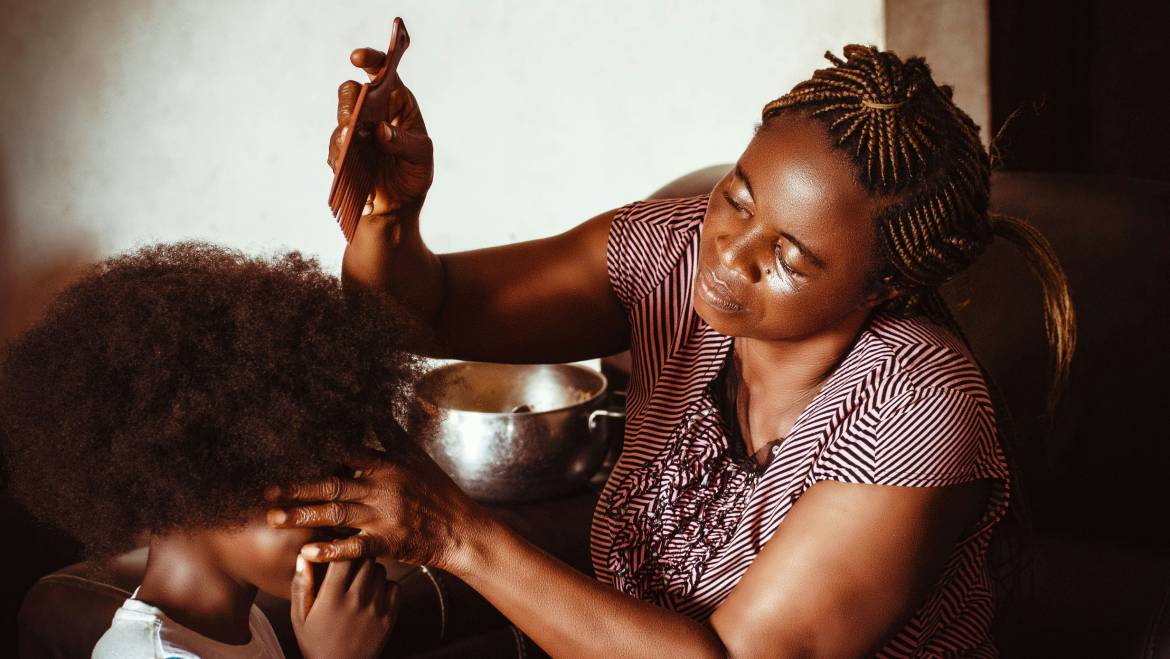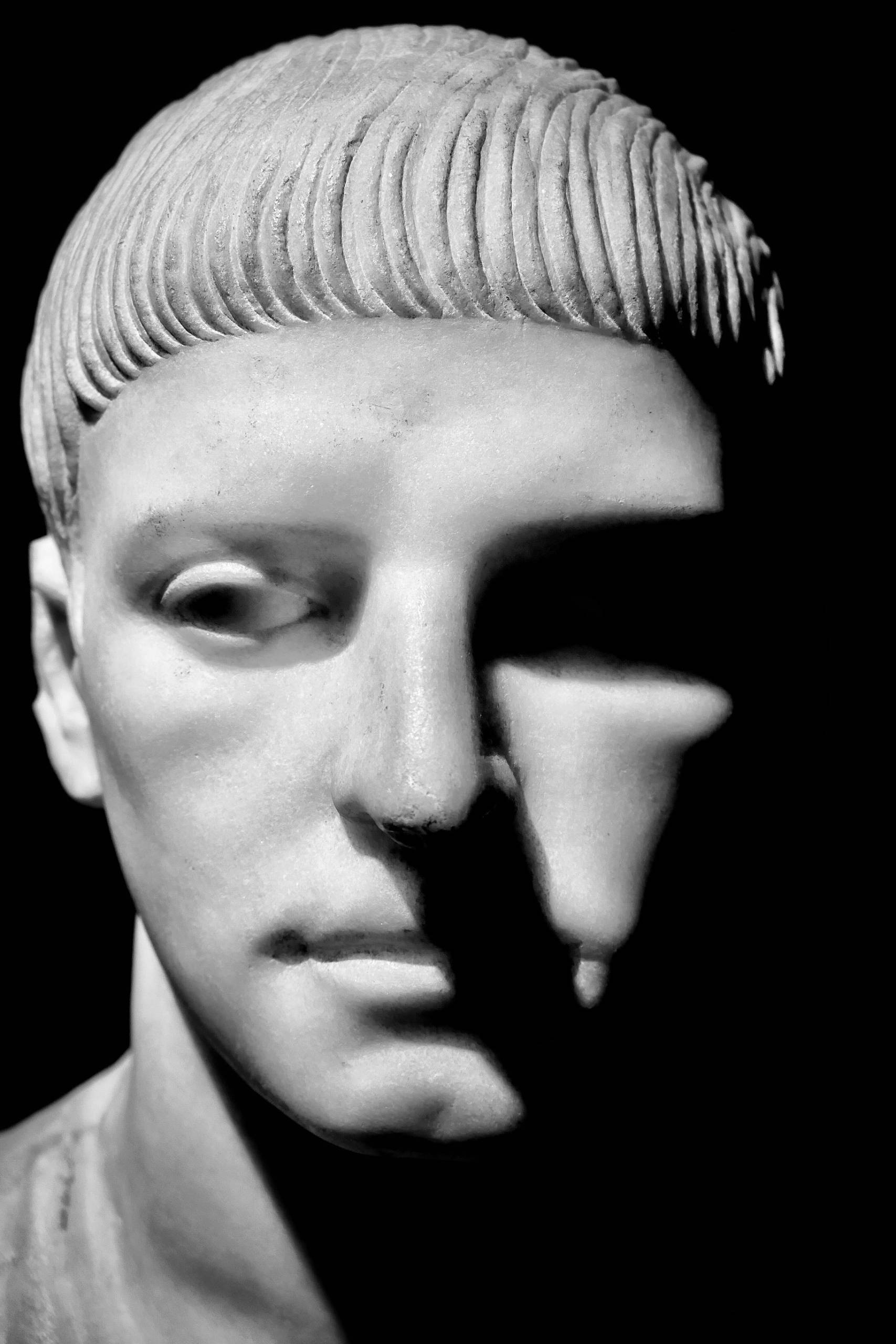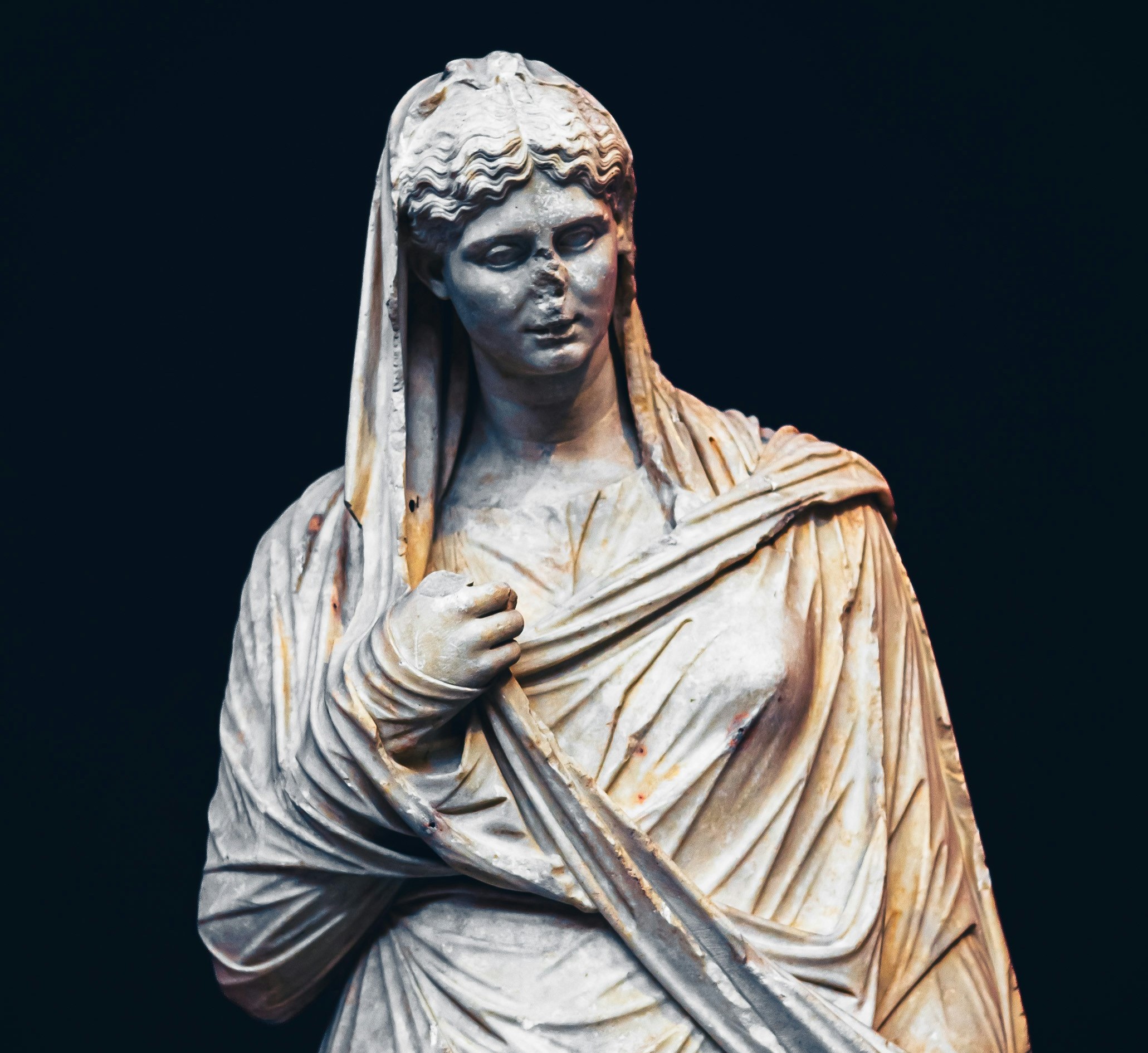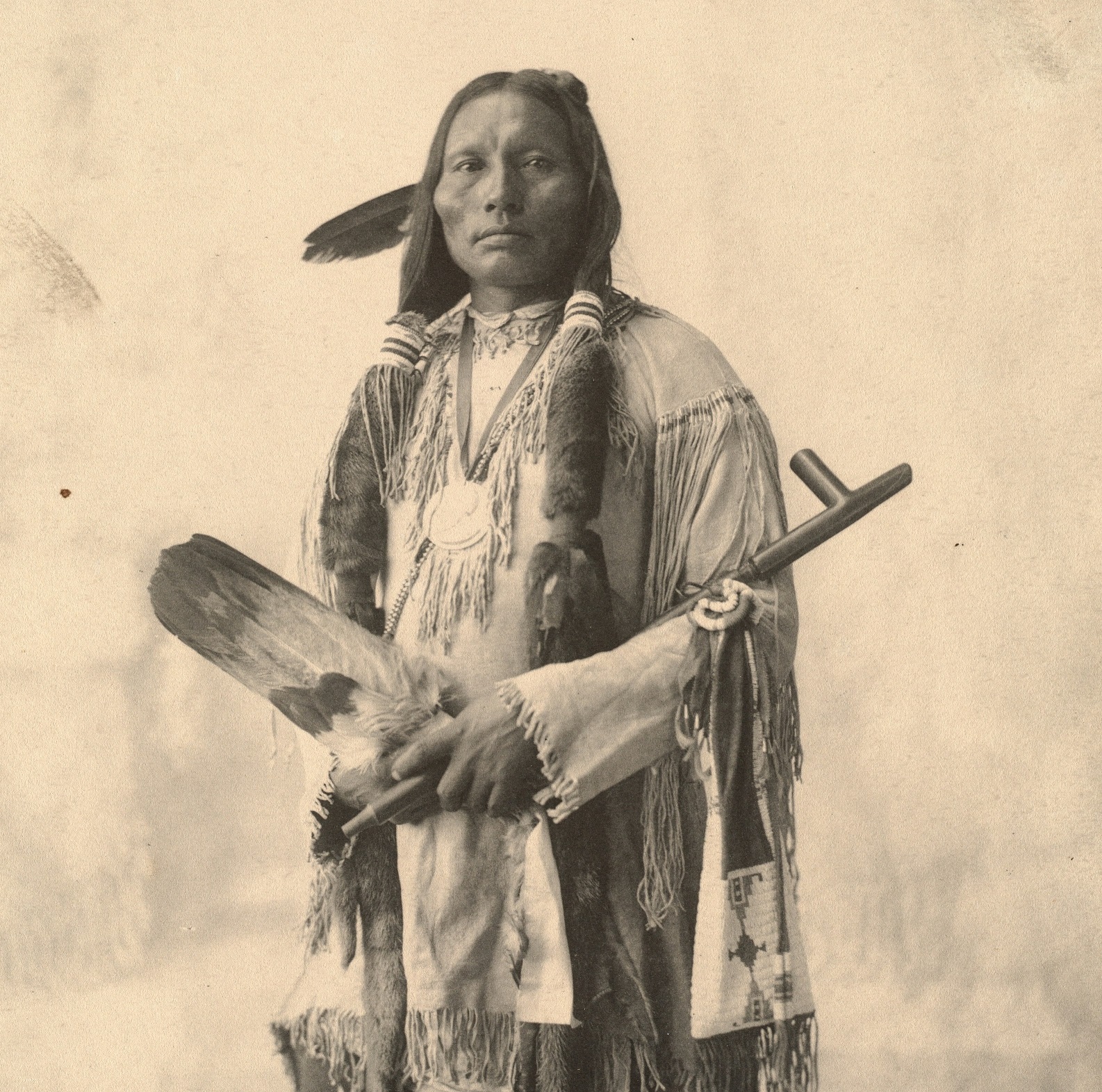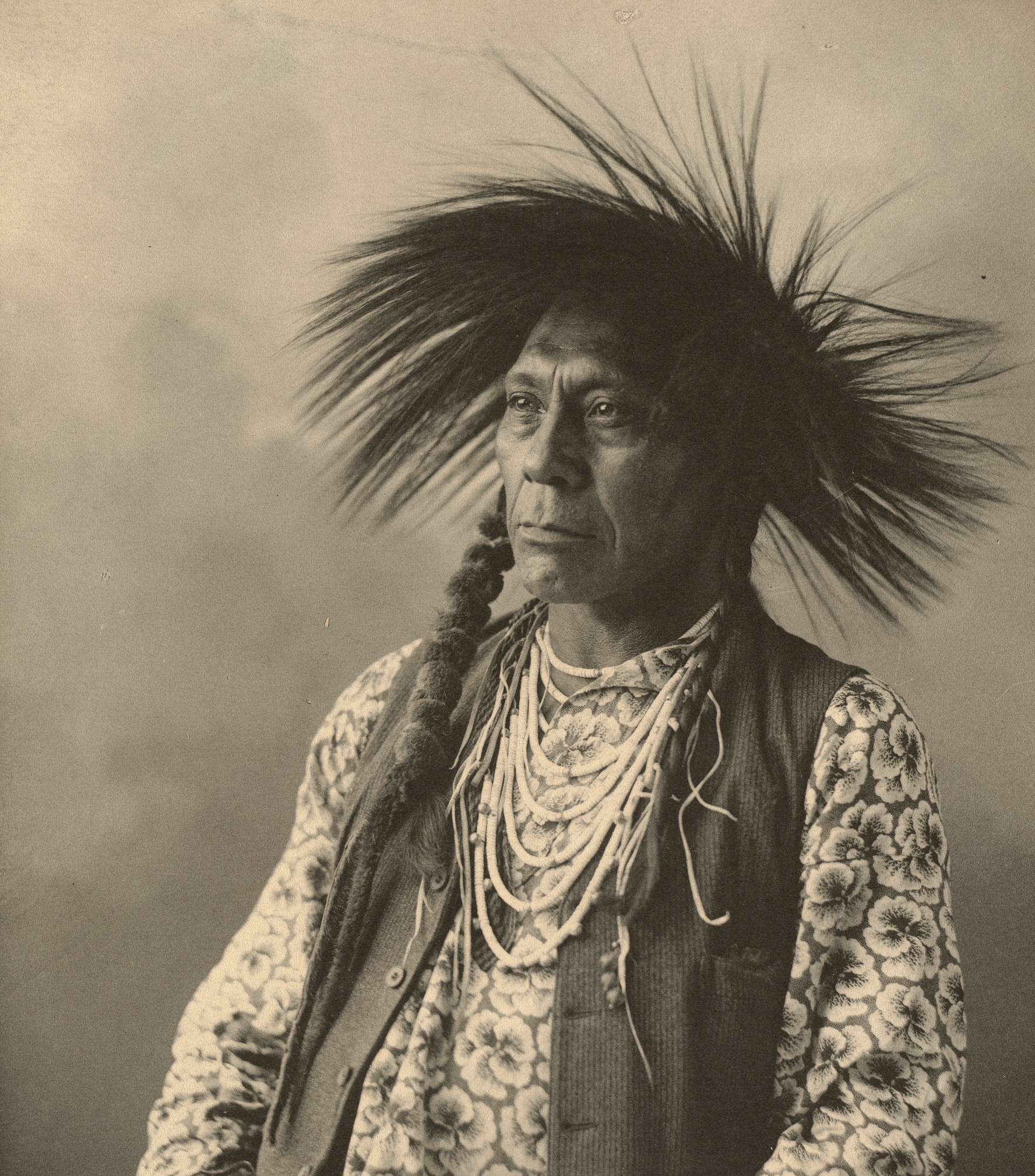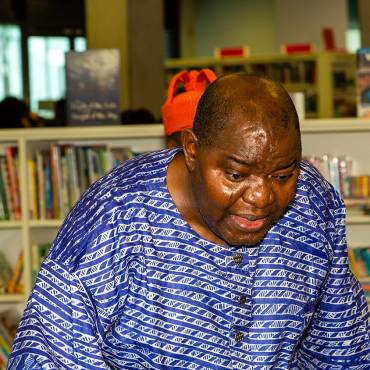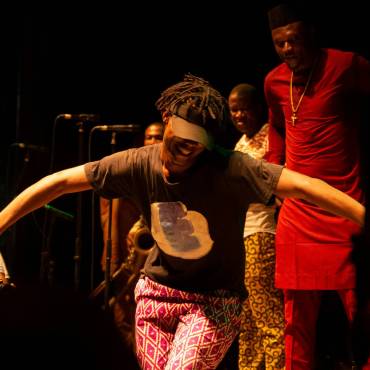By Lekia Lee
The wonderful thing about hair is that it is more than just a biological feature, it is a powerful symbol of identity, of culture, and of heritage. Throughout history, hair has been used as a form of self-expression as well as a collective or group expression, communicating social status, religious beliefs, and ethnic affiliations. People within an age group for instance tend to create similar hairstyles. The hairstyle you see on someone in their teens, most likely will not be worn by a middle-aged person. This is the case now in the 21st century as it was centuries ago.
Hair is language. It communicates to us, influencing how we form opinions and biases about others – whether it should be short or long, straight or not, coloured or not, covered or not and on who. The styles we chose to wear not only say something about how we see ourselves but how we want others to see us. It influences our ideas of femininity and masculinity. Fashion has changed over the centuries and alongside it hairstyles, however hair being used to communicate and define heritage and identity has been the case in every culture from antiquity to modernity.
As mentioned earlier hairstyles have changed over time, however some traditional hairstyling techniques have been passed down through generations, reflecting unique histories and cultural practices of diverse societies. In this article, I will explore some of the traditional hairstyles that have played an integral role in defining who we are and where we come from a few cultures around the world, with particular emphasis on Nigeria.
Ancient Rome
In ancient Rome, hairstyles were a marker social status, gender and age. Roman women, especially those from the upper classes, took great care in styling their hair, or should I say their servants or slaves did. They used wigs, hairpieces, and other accessories to achieve elaborate hairstyles. These intricate hairstyles were a symbol of wealth and power. The men kept their hair short because short hair was a sign of control and dignity.
- Photo by Massimo Virgilio on Unsplash
- Photo by Wojciech Pacześ on Unsplash
Ancient Greece
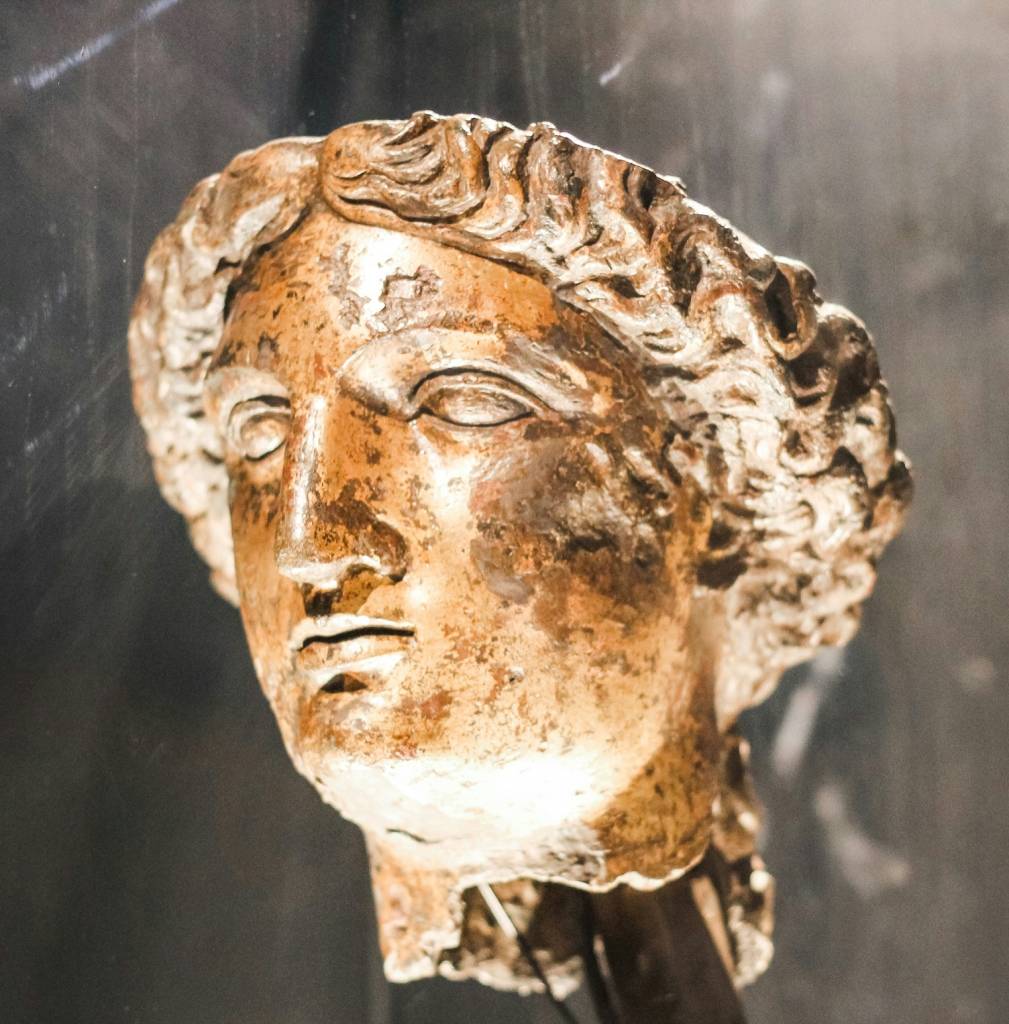
Photo by Jessica Johnston on Unsplash
In ancient Greece, culturally hair symbolized beauty, grace and divinity. Hairstyles varied according to gender, social class, and regional customs. For men here, long hair was associated with strength, virility, and a connection with the gods. Women in ancient Greece often wore their hair in braids or tied-up styles, with brides sporting a different kind of hairstyles which featured a crown-like arraignment of plaits and curls.
Native Americans
Hairstyles in Native America reflected tribal affiliations, spiritual beliefs, and social rules, with many of these styles involving plaits often adorned with feathers, beads, and other symbolic elements. Hair was also seen as a connection to the spirit world. Long hair symbolised strength, wisdom, and a deep connection to the natural world. Also, specific hairstyles were worn during rituals and ceremonies to honour spirits, ancestors, and the forces of nature. Some styles were reserved for warriors, highlighting the cultural importance of hair as a symbol of courage, strength and honour.
- Photo by Boston Public Library on Unsplash
- Photo by Boston Public Library on Unsplash
China
From the 16th century all the way to the early 20th century, Chinese men wore their hair in a unique style called the Queue, also referred to as the Manchu Queue or Cue. This was to show loyalty to the ruling dynasty at the time.
Britain
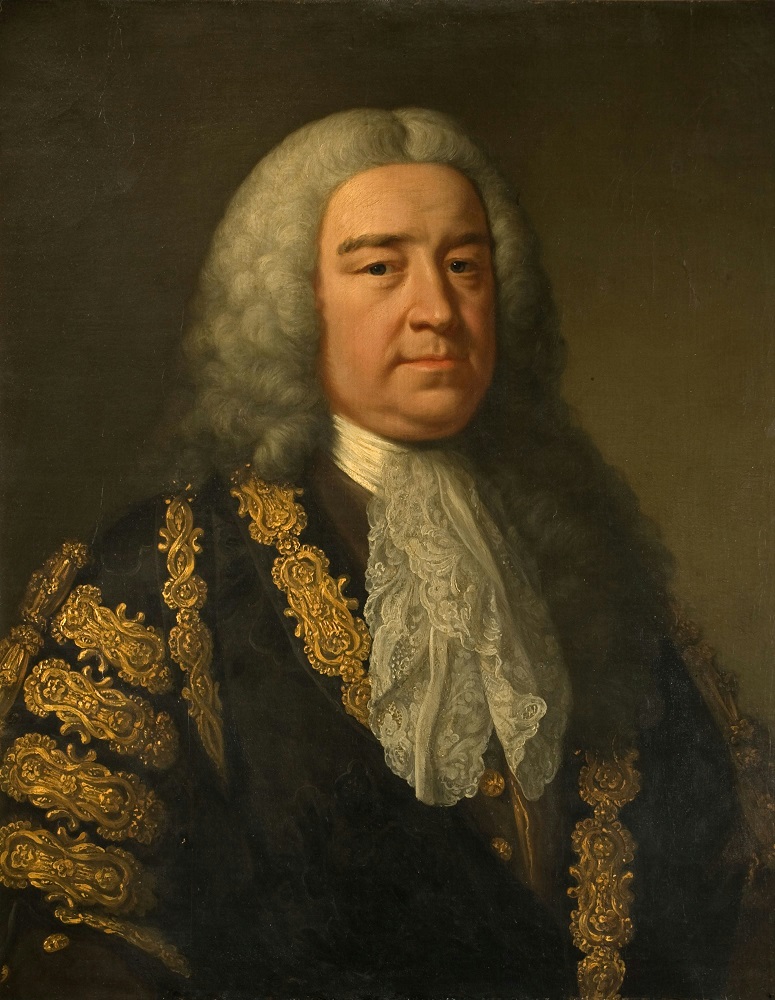
Photo by Birmingham Museums Trust on Unsplash
In Britain and other parts of Western Europe, elaborate wigs were fashionable among the British nobility around the 17th and 18th centuries. If you wore a wig as a man, you were of a higher social status. Wigs were a symbol of wealth, status, authority and even occupation. As would be expected, the wealthier a man was, the better quality of their wigs or wigs (some had several for different occasions). The truly rich had wigs made with human hair, while those on a tighter budget would have wigs made from horse, goat or yak hair. The wigs made from animal hair smelt bad, especially after repeated wearing so they would powder their wigs, with nice smelling powder. Makes one wonder what the mixture of human sweat, animal smell and powder smelt like!
Nigeria
As in other parts of the world, Nigerian hairstyles were deeply intertwined with the country’s rich cultural heritage. Hairstyles were not only aesthetic expressions but also powerful symbols of one’s tribe, social status, age, marital status and spiritual beliefs. The art of hairstyling is usually passed down from generation to generation, although this has been interrupted greatly with colonisation of the region, some iconic hairstyling techniques like the cornrow (or canerow), which involves braiding the hair in sections along the scalp, have not only remained but evolved along the way into various simple and complicated patterns. The Yorubas called it Irun Didi, and the Igbos, Isi Aka, meaning hair plaited with hands. The Nigerian English name for the styles was ‘weaving’ as it was the same as one of the techniques used in weaving baskets using rafia leaves.
Before looking more closely to Irun Didi or Isi Aka, and its evolution, let’s look at some of the hairstyles from ancient Nigeria.
View this post on Instagram
Above is a woman wearing a style called Ojongo. The crested hairstyle was popular until the mid-twentieth century. Women ornamented themselves with thread, feathers, shells, bone, wood, beads, Igbo money, coins, or fabric, red mud, yellow and red camwood powder or paste, palm oil and charcoal. There are different variations to this hair style.
As mentioned earlier in the article, the cornrow is an ancient styling technique that has resurfaced in the last few decades, and looks like it is here to stay as many women (and men) of African descent are wearing it with or without a modern slant.
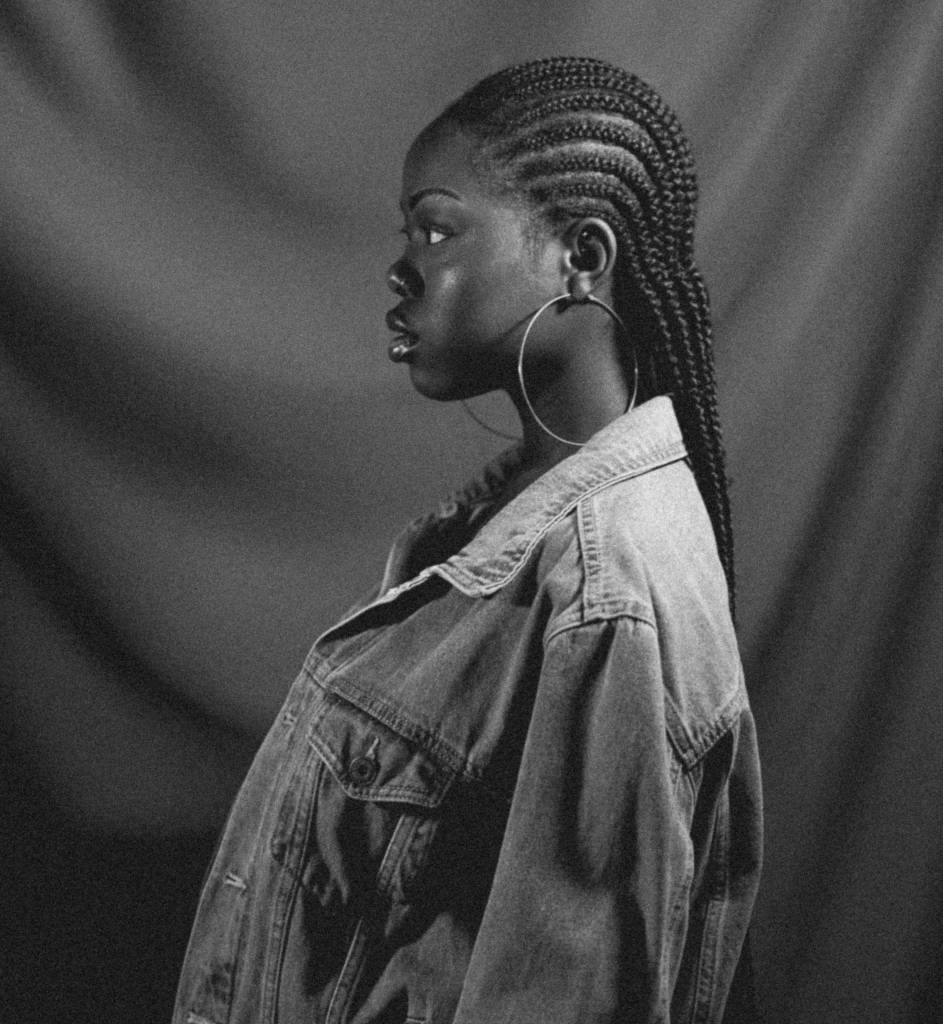
Photo by Ben Iwara on Unsplash
View this post on Instagram
Another traditional hairstyle in Nigeria, but younger than Isi Aka or Irun Didi, is the threading hairstyle, popular from the 1960’s. The Igbo called it Isi/Ishi Owu, meaning cotton or thread hair. and in the Yoruba language it is called Irun Kiko meaning hair knotted with thread. This is a technique that involves wrapping one’s hair with any type of flexible twine, string or thread. The different styles and patterns one could create with this technique were endless. The hairstyles also had interesting names like Okpu Eze (meaning hat of a king or crown in Igbo), basket, River Niger (Nigeria’s famous river), heart of husband housewife or someone’s wife.
Looking after one’s hair in ancient Nigeria was seen as a sacred practice or occupation, as hair also reflected a connection to the Devine or spiritual world. This was so in some places more than others. In Yoruba land for instance, only certain people who were believed to be gifted by the god of beauty, where allowed to plait people’s hair, so much so that the types of combs, such as the ílárí or the íyárí were not allowed to be used apart from special occasions and situations. Also because of the understanding that an individual’s hair also carries their spiritual essence, shredded hair was burnt instead of just thrown away, because the belief was that if someone you offended gets hold of your hair they could use it to direct danger towards you.
Interestingly, this understanding around hair was practiced in other cultures around the world. Men travelling abroad were in the habit of leaving their hair uncut until their return. The reason for this custom is because of the danger of being exposed to the ‘magic’ of the strangers amongst whom the traveller sojourns; if they got possession of his shaved hair, they might work his destruction through it. The Egyptians on a journey kept their hair uncut till they returned home. In Saudi Arabia, when a man returned from a journey his first duty was to visit the Rabba and poll his hair.
Combs however, were not just functional but also an avenue for skilful creative and artistic expression, which would be presented as gifts or used for decorative purposes in one’s hair or around one’s home.
View this post on Instagram
Talking about hair serving as an inspiration for artistic endeavours, during the 60’s and 70’s, artist created special boards that displayed different kind of threaded or weaved (cornrow) hairstyles that customers could choose from. They were bought by hairdressers and barbers.
Despite the importance of maintaining one’s hair in Nigerian society, there is an instance in which having your hair done would be frowned upon. Depending on the region in Nigeria, women in mourning would either cut their hair short, shave it completely, or leave it uncombed, which can either be covered with a scarf or left open. This could last for a few weeks, to a few months and even years.
Another group of individuals whose hair was not to be cut were children born with locs, or Dada. In the Yoruba culture, these children were revered and their hair wasn’t to be cut, until about the age 7, after certain rituals were performed. Also no one else was allowed to look after the child’s hair apart from their mother.
Hair Heritage Outside Africa
Hair continued to remain important to Africans even after they were captured and forcefully transported to other parts of the world. During the era of slavery, cornrows played a crucial role in the lives of the captured Africans, serving not only as a hairstyle (when they were allowed to nurture their own hair) but also as a means of communicating very important messages.
Enslaved Africans, particularly in Colombia, used cornrows to create maps on their heads, detailing escape routes and providing vital information to others seeking freedom.
As enslaved Africans were denied the opportunity to learn to read and write and definitely not having access to writing materials, they used what they had access to, and cornrow styles became a secret code for journey routes to freedom. By braiding their hair in specific patterns, they could discretely share information and coordinate escapes without raising any suspicion.
One notable historical figure who implemented these practices was Benkos Bioho, he was a revolutionary leader who founded the first free town of the Americas, San Basilio de Palenque in Colombia around the 17th century. Bioho created his own language and intelligence network, devising a system where women would braid maps and deliver messages through their cornrows, allowing for the successful escape and resistance of many enslaved individuals.
Conclusion
No matter what part of the world you are from and whatever era, hair, is an essential part of our identity and cultural expression and holds immense significance in our heritage. Throughout history, hairstyles and haircare practices reflect unique traditions, beliefs, and social norms. For many, hair also symbolises personal strength, spiritual power, or tribal affiliation. It can be a medium for artistic expression, a symbol of social status, or a visual representation of personal and collective history.
As such, understanding the role of hair in defining our heritage enriches our understanding of who we are, where we come from, the values, customs, and practices that shape our diverse cultural landscape.
It is this powerful role of hair in forming identities that makes it a tool for empowerment or oppression, rebellion or suppression. Preventing someone from styling their hair inline with their customs and traditions, is a way of striping them of their heritage, and this can have a profound negative impact on their mental health and wellbeing.
Here are a few reasons why heritage and by extension one’s hair is important to their mental wellbeing:
- Sense of Identity and Belonging – Understanding one’s heritage can foster a strong sense of self and a feeling of belonging to a larger community. This connection to one’s roots (literally) provides a sense of stability, which contributes positively to mental health.
- Preservation of Cultural Traditions – Embracing one’s heritage helps in the preservation of cultural traditions, costumes, and values. Participating in these cultural practices can provide comfort, pride and a sense of continuity, which leads to an enhanced emotional wellbeing.
- Intergenerational Connection – Recognising one’s heritage fosters a connection with previous generations, allowing individuals to appreciate the contributions and even sacrifices of their ancestors. This understanding can instil a sense of pride and gratitude, which can contribute to a positive mindset and overall better mental health.
- Coping with Challenges – By exploring and knowing one’s heritage, individuals can draw inspiration from their ancestors’ resilience in overcoming hardship or coping with issues in more challenging circumstances and situations. For instance, as mentioned earlier, stories about how captured African slaves used their knowledge of cornrows to create maps on their heads detailing escape routes, is an inspirational story and can serve as valuable resources in navigating life’s challenges, promoting resilience and mental fortitude, even if modern day challenges can be quite different.
- Fostering Creativity – Knowing of the creative ability of one’s ancestors can provide a reason to be motivated to be creative. The popular adage goes – you cannot be what you cannot see, applies here. Knowing that your ancestors where capable of such artistic and intricate hairstyles, probably with less tools than is available today, can serve as a motivational tool, in turn positively contributing to their mental wellbeing.
- Improved Self-Esteem – When an individual learns about their heritage, they often discover positive aspects of their cultural background, which can boost self-esteem and self-worth. This increased confidence can significantly impact their mental wellbeing.
- Cultural sensitivity and Awareness – Recognising one’s heritage fosters a greater understanding and appreciation for other cultures and their histories. This cultural awareness promotes empathy, inclusivity and an appreciation for diversity, leading to a more positive and healthier social environment for everyone.

